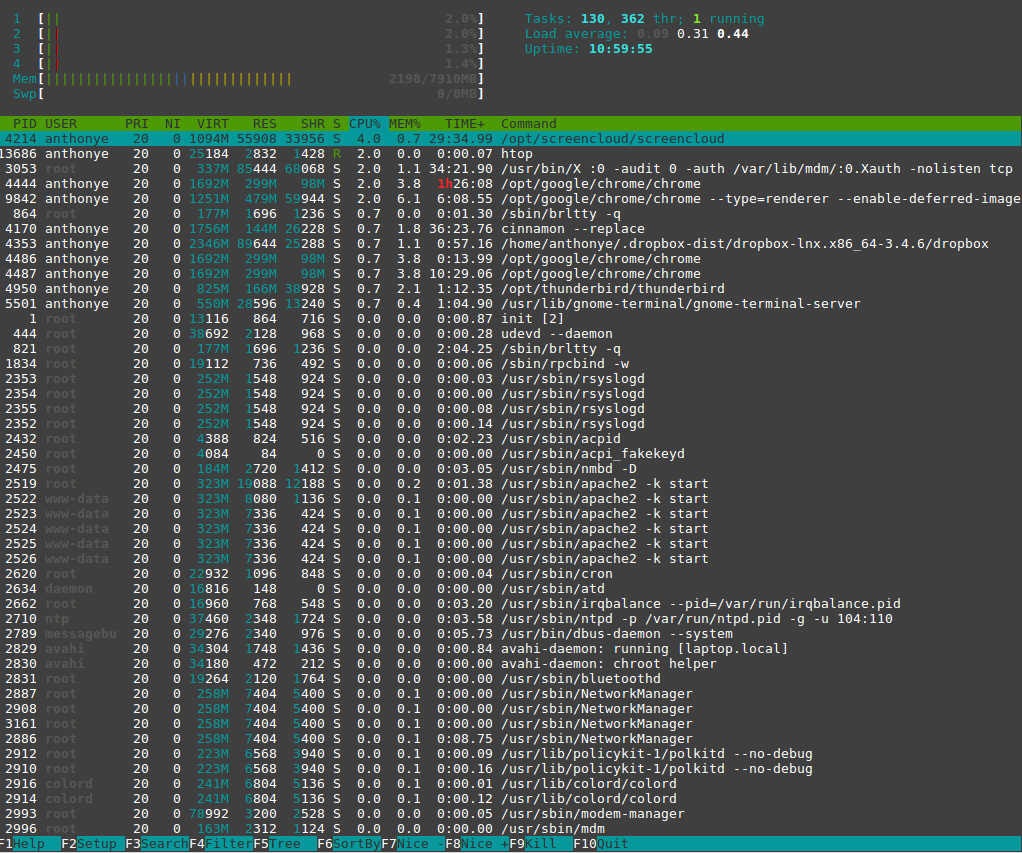
This command can be used to run Iftop in Terminal. The bytes sent and received are displayed in three separate frames. It is an open-source command-line tool that allows users to see how much network traffic a process is running on Linux. Although it displays the usage of bandwidth, there is no indication of the type of process using it. This output displays the network statistics for the source IP address and port number. This technology allows you to identify which process or port number is consuming the greatest amount of network bandwidth.

Some tools that you can use to track the network usage of your Linux system include IPTraf, Iftop, and Nethog. By the end of this article, you will have a better understanding of how to monitor your network usage in Linux command.

In this article, we will discuss the various ways to check network usage in Linux command and provide step-by-step instructions for each method. Fortunately, there are a few simple methods for checking network usage in Linux command. Checking network usage allows you to monitor the amount of data being transferred over the internet, as well as to identify the sources of any data usage. Handy for answering the question "why is our ADSL link so slow?".If you’re a Linux user, you may be wondering how to check network usage in Linux command. It listens to network traffic on a named interface and displays a table of current bandwidth usage by pairs of hosts. Iftop does for network usage what top(1) does for CPU usage. Solution 3Īlso iftop: display bandwidth usage on an interface

NetHogs can be built on Mac OS X and FreeBSD, but it will only show connections, not processes. Since NetHogs heavily relies on /proc, most features are only available on Linux. This makes it easy to identify programs that have gone wild and are suddenly taking up your bandwidth. If there's suddenly a lot of network traffic, you can fire up NetHogs and immediately see which PID is causing this. NetHogs does not rely on a special kernel module to be loaded. Instead of breaking the traffic down per protocol or per subnet, like most tools do, it groups bandwidth by process. NetHogs is probably what you're looking for:Ī small 'net top' tool. Edit: it only shows the streams, not the owner processes.


 0 kommentar(er)
0 kommentar(er)
